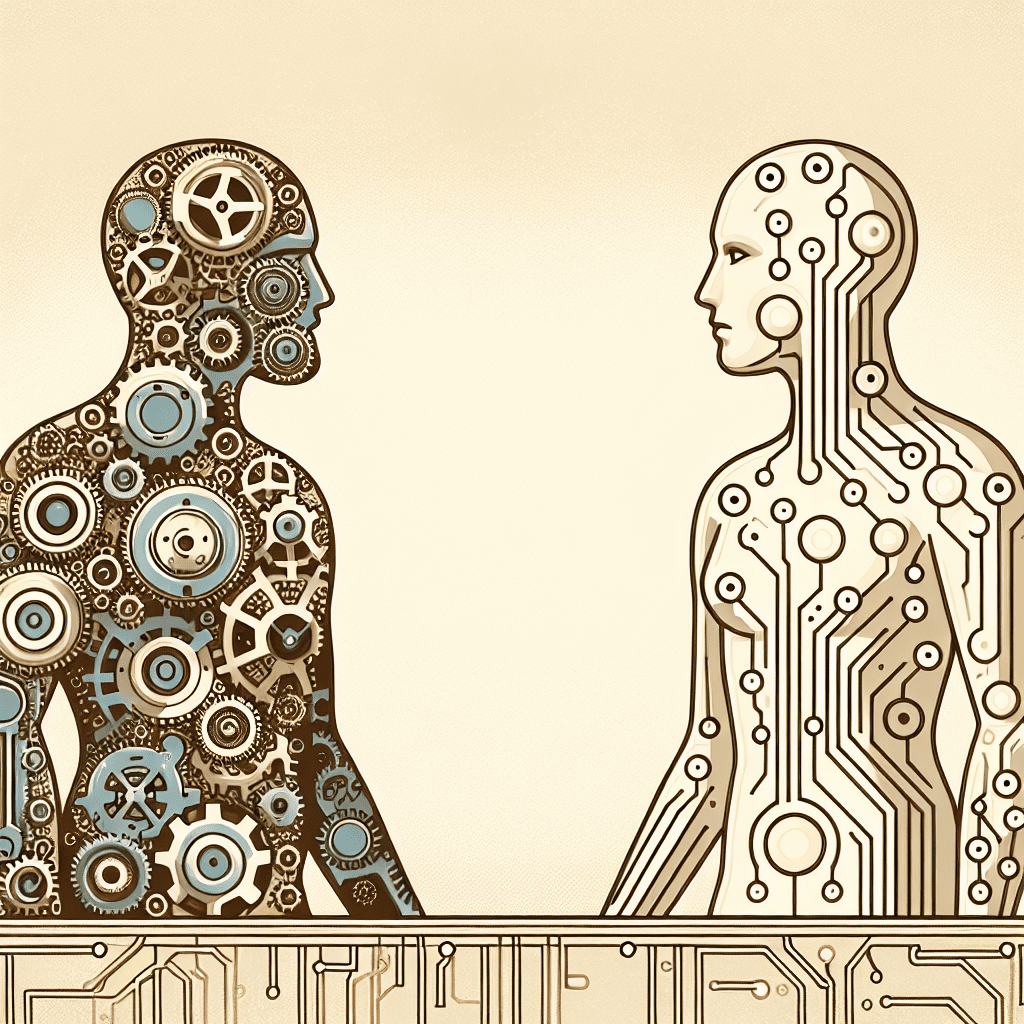Why perceived effort, online and off, is the new shortcut to trust
Let’s just say it: effort still matters. Even now, when half the internet is written by machines and the other half is trying to outsmart them, people can still tell when you’ve actually tried. Turns out, so can the machines.
Two new studies, one from HubSpot and one from Ahrefs, both circle the same idea from different angles; visible effort, whether it’s a flashy billboard or a long SEO game, sends a signal. And that signal builds trust—not just with people, but with the algorithms that now decide who gets seen.
Billboards still work. Seriously.
Let’s start with the physical world, where attention is harder to grab and even harder to hold. According to HubSpot’s deep dive into behavioral science, billboards—yes, the giant rectangles on the side of the highway—are still pulling their weight in brand engagement. Why? Because they’re expensive.
It’s called “costly signaling.” Basically, when a brand spends big on something that looks hard to fake, we instinctively assume they’re legit. In HubSpot’s experiment, podcast ads placed on billboards converted 61 percent better than the same ads in static digital formats. That’s not a rounding error; that’s a signal being received loud and clear.
Netflix’s 3D billboard for Lupin and the BBC’s Dracula installation, where the shadow of the billboard changed with the sun, are textbook examples. Those weren’t just ads. They were events. And people noticed.
Now swap the highway for a search engine
The same logic holds in digital, but the audience shifts. Instead of drivers and pedestrians, you’re signaling to Google’s AI, ChatGPT, and Perplexity. And they’re watching where you show up.
Ahrefs looked at how often brands appeared in AI-generated answers, especially in Google’s new AI Overviews. The finding? There’s a pretty decent correlation—ρ = 0.55—between being mentioned on high-traffic web pages and being cited in Google’s AI summaries. In plain English: if you’re already showing up in the right places online, you’re more likely to be picked up by AI.
ChatGPT showed a weaker link, mostly because it doesn’t crawl the web the way Google does. Still, the pattern’s there. Brands that show up consistently, with quality content and real PR, are the ones AI tends to trust.
Effort is the new trust signal
So what’s the takeaway here? Whether it’s a billboard on Sunset or a blog post on a high-authority site, effort is visible. People notice. Algorithms notice. And both reward you for it.
This isn’t about one big splashy campaign or a single viral hit. It’s about consistent, visible investment. The kind that says, “We’re here. We’re serious. And we’re not cutting corners.”
That billboard might be old-school, but the psychology behind it isn’t. Same goes for SEO. You’re not just optimizing for keywords; you’re building presence, showing up where it counts, and earning trust over time.
Also making noise:
- If you’re still trying to sniff out AI-generated content, Ahrefs just tested the top detectors. Copyleaks and Ahrefs’ own tool came out on top. No detector’s perfect, but some are definitely better than others.
- Lead gen feeling a little stale? HubSpot pulled together 30 tactics that are actually working right now. Think micro-podcasts, DM-first outreach, and some surprisingly effective low-effort plays.
- And for the email nerds: zero-party data is finally having its moment. With cookies fading into the background, marketers are turning to direct user input to drive email engagement. It’s slower, sure, but it’s cleaner, and users seem to like it.
That’s it for today, folks.
Catch you in the next post.
Until then, keep building.
– Perfect Sites Blog

